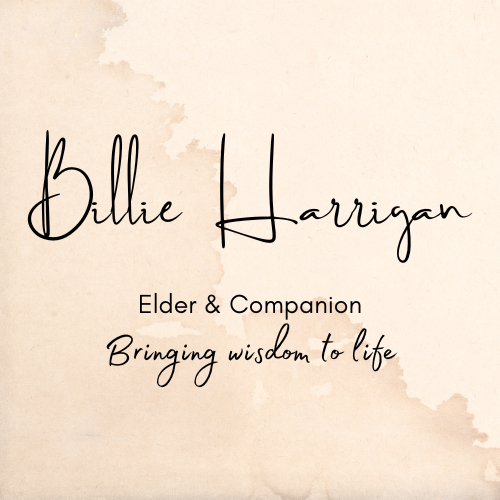We were sitting across her kitchen table. A tissue was being nervously mangled in her trembling hands.
“I just can’t do it again,” she said. “Can you tell me about your daughter’s birth,” I asked her?
She explained that everyone told her it was a good birth. Her doctor said it was textbook perfect. Her mother was there and repeated her version of her granddaughter’s birth to everyone who would listen. It was natural. It was quick. It was the best day ever.
And as the story unfolded, tears welled up in my eyes, finally spilling down my own cheeks. It was an awful experience. And my heart broke into pieces again.
She described a birth where she was tortured with screamingly painful vaginal exams, weeping for them to stop, thrashing to escape the confines of the hospital bed where she was tethered to the monitoring machine for policy’s sake, begging to stand up, move, sway, anything to cope with her rapidly advancing labour. Her voice buried under a gentle shush so as not to scare the other mothers.
When the baby emerged, she was placed on her mother as the room cheered. Only, she felt nothing. Grateful that those hands wouldn’t enter her again, except in her dreams. The symptoms of PTSD followed her for the first year of her child’s life as she struggled to connect the version of her birth she’d been told and her personal experience of it.
And she just couldn’t do it again.
This is the story I hear over and over by mothers in all parts of the world. She’s told to be grateful for her healthy baby, to be grateful for the care she received, that her expectations were too high, that having a baby is hard and she had a low pain threshold, or that she was foolish for not taking the drugs offered her. She’s told anything except, “I’m sorry. It wasn’t meant to be that way.”
Research tells us that trauma is not particularly related to any emergencies or complications, but is dependent on how the mother experiences her birth. What can seem like a “textbook” birth to the clinician can be a devastating experience for the mother.
Birth is a hormonal process driven by our para-sympathetic nervous system, our “calm and connected” system. The primary driver of birth is oxytocin, which is the hormone of love, trust and bonding. Endorphins and prolactin ensure the experience is filled with pain-relief and joy. In today’s culture of fear, mothers are increasingly experiencing their births as traumatic as hospital policies serve the business end of cost-control, expediency, and insurance regulations. Doctors, nurses and midwives are sometimes constrained by policy in spite of the best interests of their clients.
Where birth is biologically programmed to be joyous, active, patient and primed for love and bonding, how we do birth in this culture is at odds with this biological imperative. The problem comes from what we call “textbook perfect”. The textbook is written from a medicalised perspective that is brand new in the biology of humans. Humans haven’t yet adapted to forced fasting, routine IVs, ultrasounds, continuous monitoring, hospital acquired infections, vaginal penetrations, forced on-her-back pushing, an inability to move and strangers between her legs.
When one third of mothers say their births were traumatic and one in ten struggle with PTSD, we know that birth is in crisis. And the textbook is wrong.
Of course, some births require medical assistance. Yet the question becomes, how can we protect a mother from trauma? And what happens when a pregnant mother says she can’t do that again?
In spite of the law that says a medical procedure cannot be performed on a non-consenting patient and that consent may be withdrawn at any point for any reason, the truth is that many things happen to a mother in labour in which she has no choice. In order to gain compliance, she may be told the baby might die. We call this ‘playing the dead baby card’ and it’s so common it’s becoming a laughing point.
There have been many a new textbooks written – from the mother’s perspective, from the baby’s perspective, from the vantage of good science, and yet mothers are still struggling. When a mother says she can’t do it again, it means we have to take a long hard look at what is happening today.
Strong and courageous leadership from medical associations including obstetricians, family physicians, nurses and midwives could lead the way in changing non-evidence based policies that serve the institution and insurance regulations but harm mothers and babies.
Mothers are increasingly learning the science of safe birth for themselves and are changing the conditions under which they give birth. Perhaps the quickest route to change is to spend our birthing dollars in those places that support the biology of birth and the law of informed consent and refusal.
It’s not selfish to want a great experience – it’s biology.


